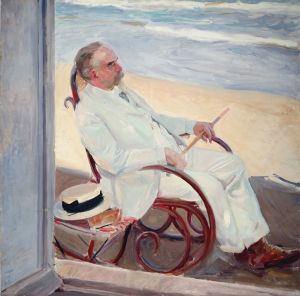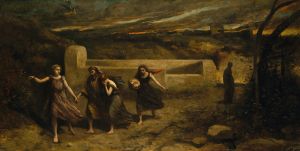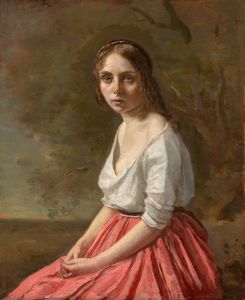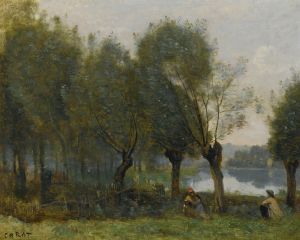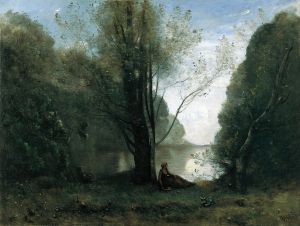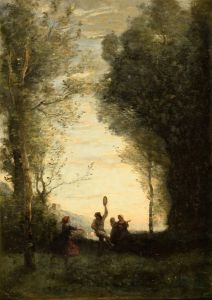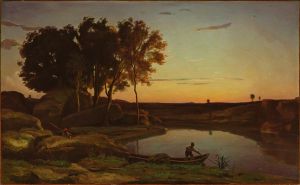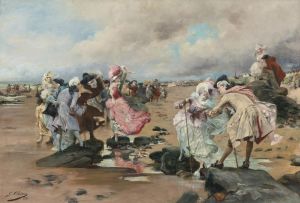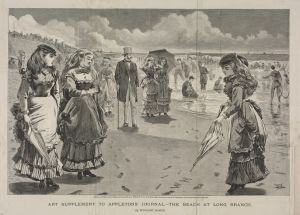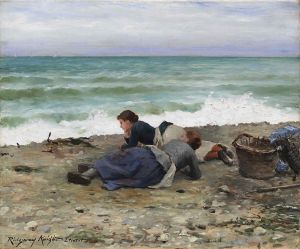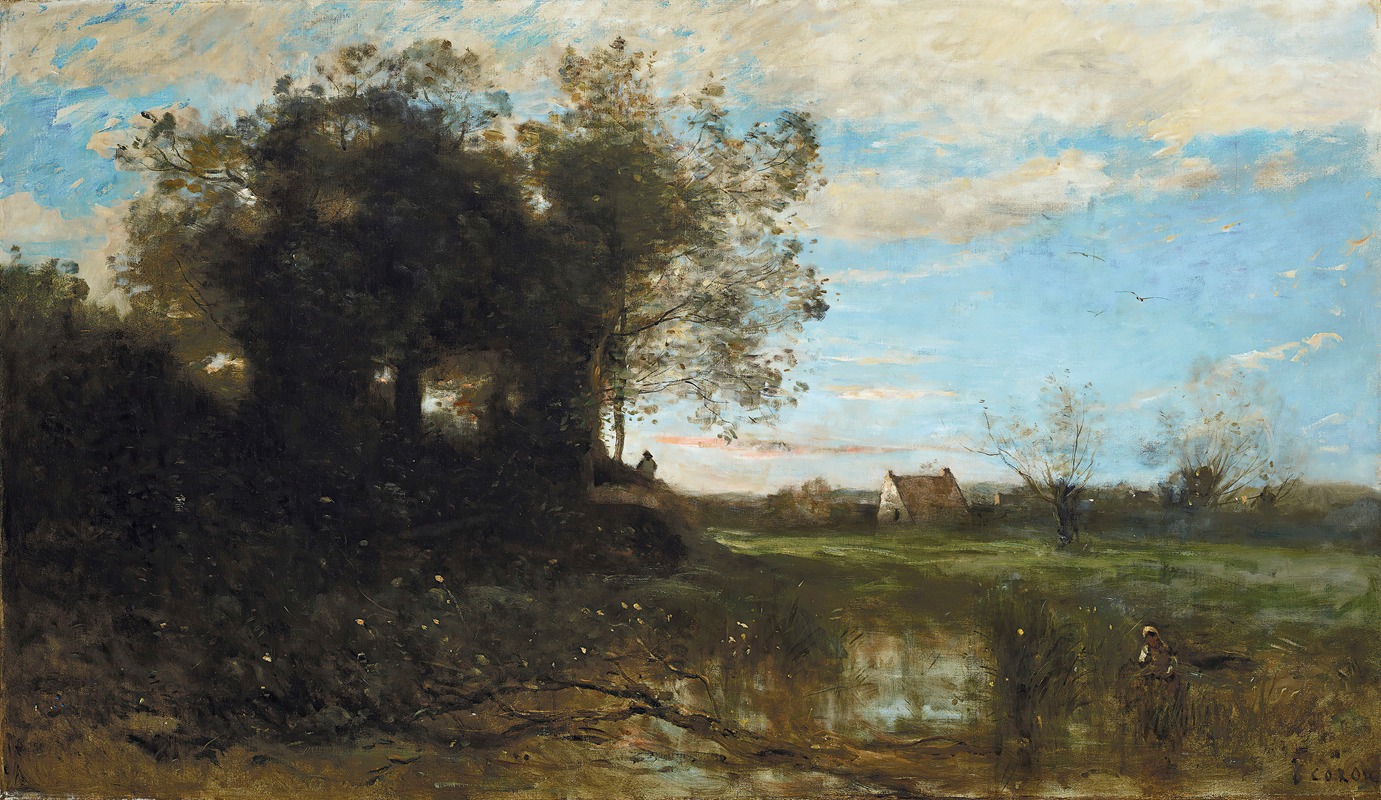
Souvenir Des Dunes De Dunkerque
A hand-painted replica of Jean-Baptiste-Camille Corot’s masterpiece Souvenir Des Dunes De Dunkerque, meticulously crafted by professional artists to capture the true essence of the original. Each piece is created with museum-quality canvas and rare mineral pigments, carefully painted by experienced artists with delicate brushstrokes and rich, layered colors to perfectly recreate the texture of the original artwork. Unlike machine-printed reproductions, this hand-painted version brings the painting to life, infused with the artist’s emotions and skill in every stroke. Whether for personal collection or home decoration, it instantly elevates the artistic atmosphere of any space.
Jean-Baptiste-Camille Corot was a pivotal figure in landscape painting, known for his role in bridging the Neoclassical tradition with the emerging Impressionist movement. His work "Souvenir Des Dunes De Dunkerque" is one of the many examples of his ability to capture the essence of a landscape with a delicate balance of realism and poetic interpretation.
Corot was born in Paris in 1796 and began his artistic career relatively late, after working in the family textile business. He studied under Achille-Etna Michallon and Jean-Victor Bertin, both of whom were proponents of the Neoclassical style. However, Corot's approach evolved over time, and he became known for his plein air painting, which involved working outdoors to capture the natural light and atmosphere of a scene directly onto the canvas.
"Souvenir Des Dunes De Dunkerque" reflects Corot's mature style, characterized by a soft, atmospheric quality that suggests a sense of tranquility and timelessness. The painting likely depicts the dunes near Dunkirk, a coastal city in northern France. Corot was known for his travels throughout France and Europe, where he sought out diverse landscapes to paint. His works often convey a sense of place that is both specific and universal, capturing the unique features of a location while also evoking a broader emotional resonance.
In this painting, Corot employs a muted color palette, with gentle gradations of tone that create a harmonious composition. The dunes are rendered with a subtle interplay of light and shadow, suggesting the shifting sands and the gentle contours of the landscape. Corot's brushwork is typically fluid and expressive, allowing him to convey the ephemeral qualities of nature with a sense of immediacy and intimacy.
Corot's landscapes often include figures, although they are usually secondary to the natural setting. In "Souvenir Des Dunes De Dunkerque," any figures present would likely serve to enhance the scale and depth of the scene, providing a human element that connects the viewer to the landscape. This approach reflects Corot's belief in the importance of integrating human presence with the natural world, a theme that resonates throughout his body of work.
Throughout his career, Corot maintained a balance between the demands of academic tradition and his own innovative impulses. His work was highly regarded by his contemporaries, and he exhibited regularly at the Paris Salon. Corot's influence extended beyond his lifetime, as he became a key figure for the Impressionists, who admired his ability to capture light and atmosphere.
"Souvenir Des Dunes De Dunkerque" exemplifies Corot's mastery of landscape painting and his contribution to the development of modern art. His ability to convey the subtle beauty of nature with sensitivity and skill continues to be celebrated, and his works remain an enduring testament to his artistic vision.





